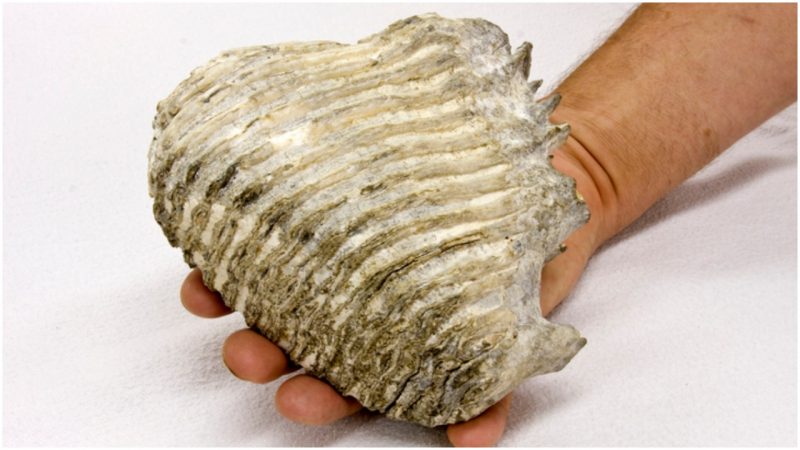When scouring the murky and mucky contents of rivers or creeks, it’s rare for a mudlark to stumble upon significant historical relics or artifacts.
Therefore, when it does happen, it is considered something of a spectacle. Such was the case when veteran mudlark Alan Murphy came across a woolly mammoth tooth in the River Thames in London, England earlier this year.
Historically, mudlarking was a desperate and dangerous means of making a living — scavenging in the foul-smelling mud of the tidal foreshore for whatever could be sold, be it rags, coal or old rope. Unlike their Victorian predecessors, today’s mudlarks scour the waterline as a pastime.
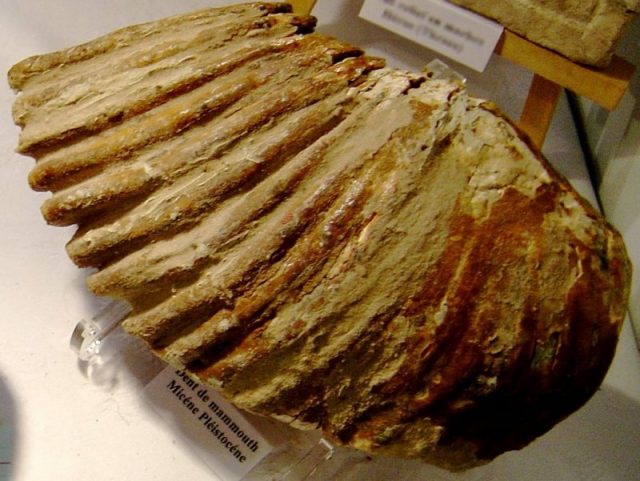
Murphy gives the lowdown on his hobby in a feature for local community website I Live in SE16, explaining that the activity of these “amateur archaeologists” is strictly regulated to protect the natural environment. All finds have to be logged with the Museum of London.
According to the Daily Mail, these days Murphy usually searches for flint which he uses to make replicas of ancient tools. Finding a mammoth’s tooth washed up by the Thames was by no means an everyday occurrence, nor was it something that he might have expected.
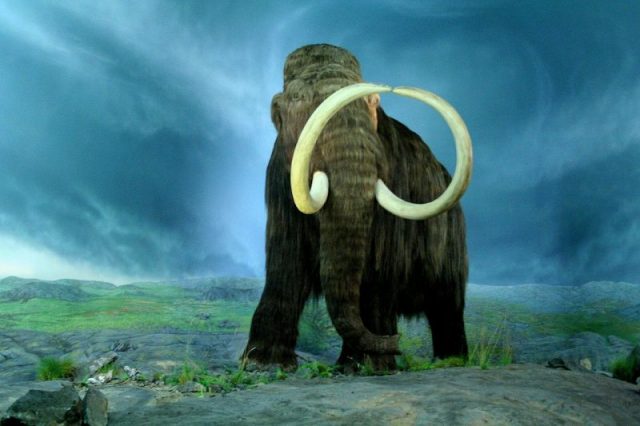
Murphy and fellow mudlarkers often turn up pieces of history. “Over the years, I’ve found an array of artefacts that trace the history of London and its river through the centuries,” he told SE16, but it tends to be common items such as clay pipes, coins, buttons, or old bricks. Or occasional something really odd, like a voodoo doll, according to the Southwark News.
Initially thinking he’d found a large chunk of flint, on closer inspection Murphy quickly realized he had something much more exciting in his hands. “I was dumbstruck, I was shocked. It was a total surprise find” he said, reports the Daily Star.
The mammoth tooth is thought to be a molar and weighs a little over one pound.
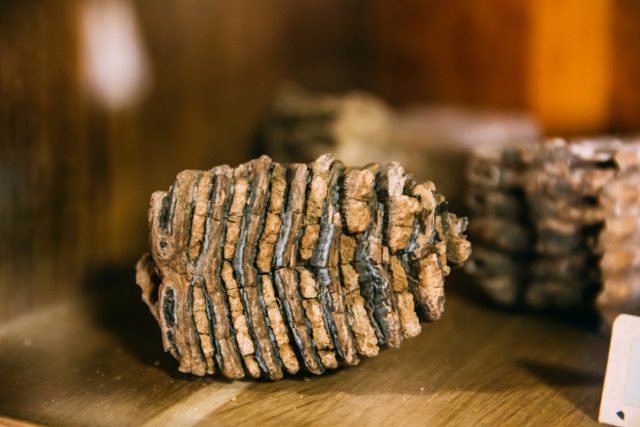
This is not the first notable relic Murphy has turned up — five years prior to this discovery, he spotted a “milk tooth from a baby woolly mammoth,” and in 2016, he discovered a cache of 18th century cannon balls.
Despite having a very strong hunch that what he had found was from an ancient mammoth, he wasn’t about to take any chances when it came to identifying it. The Daily Mail writes that Murphy “could not be certain until the item was registered and checked.”
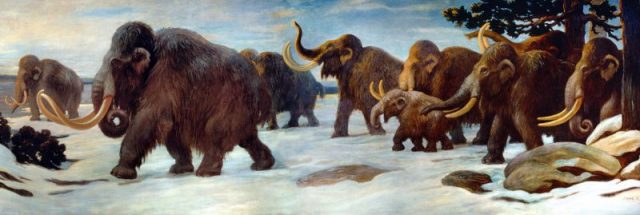
Museum experts are in the process of analyzing the tooth in an effort to determine its age. Luckily, analysts were pleased to know that the tooth was in relatively good condition as “three-quarters of it [was] still intact.”
Although the discovery of a fairly well-preserved mammoth’s tooth was incredible, it is implied that its resulting analysis will not contribute much to scientific knowledge about the species.
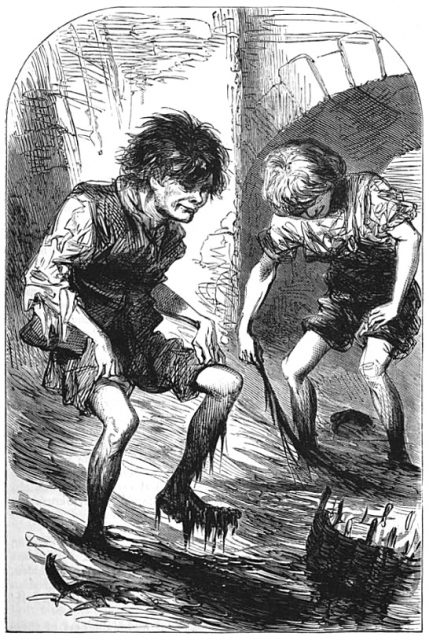
As Daily Mail stated in their report, “they are one of the best understood prehistoric animals known to science,” citing that the reason for this is that “their remains are often not fossilized but frozen and preserved.”
Murphy explained that River Thames has a tendency to preserve items which find themselves in its muddy waters extremely well. After all, this was not the first item he had retrieved from the river which was in such formidable condition.
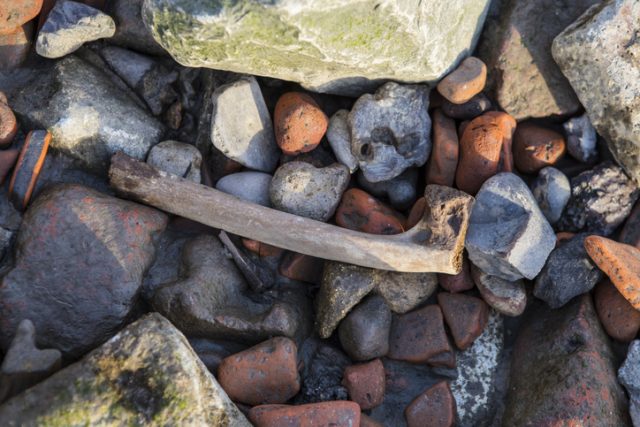
The Daily Mail highlighted some of Murphy’s more peculiar discoveries as including “a bronze Age deer antler mattock from between 1,000 and 3,000 BC and an 11th century drinking horn from the end of the Viking era,” both of which were in pretty decent states when he found them.
Read another story from us: Scientists Reawaken Cells from a 28,000-yr-old Woolly Mammoth
“I’ve been mudlarking for fifteen years and my dad was a mudlarker before me,” Murphy told the Southwark News. “You never know what you’re going to find… The tide changes twice a day and there is 10,000 years of history down there.”
